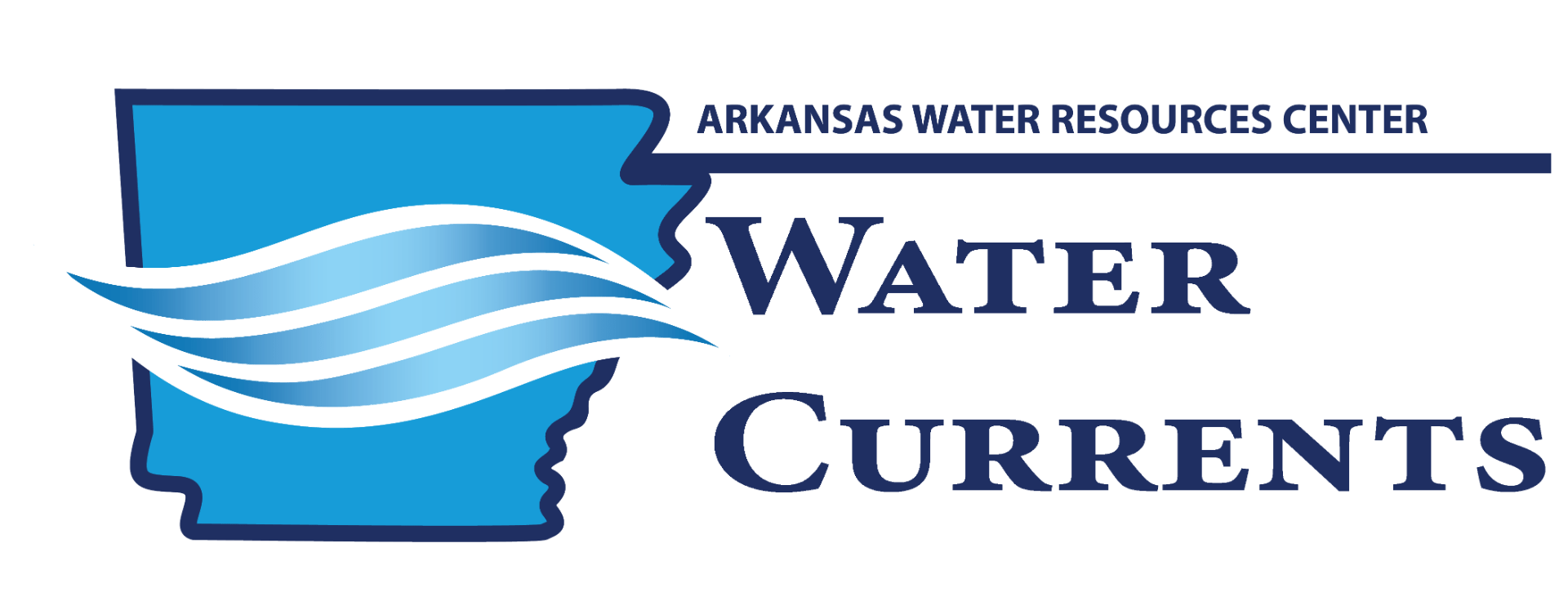
Boysen Tests for PFAS Across Central Arkansas Surface Water

Many products used daily contain the industrial chemicals known as perfluoroalkyl and polyfluoroalkyl substances (PFAS). These products might include nonstick cookware, cosmetics, food packaging. PFAS in waters is a nationwide issue, and we do not have much info on PFAS in Arkansas. But we do have potential PFAS sources to our waters.
This led Gunnar Boysen, associate professor of environmental health science at the University of Arkansas for Medical Sciences, to study PFAS in central Arkansas.
Boysen’s project was from fall 2023 through the summer of 2024. This project was funded by the Arkansas Water Resource Center through the U.S. Geological Survey 104(b) program. This program funds research to address water issues in Arkansas.
His research focused on PFAS in central Arkansas streams. His team collected samples from Fourche Creek, Henry Creek, Saline River, and Rock Creek. The streams were easy to access and had a gradient of urban and rural areas in the watershed.
Boysen hypothesized that the urban nature of Rock Creek would lead to higher PFAS levels compared to Henry Creek and the upper part of Fourche Creek and Saline River.
Water samples were analyzed for PFAS according to EPA method 1633. This method targets over 40 different PFAS compounds.
Boysen and his team analyzed tap water from the laboratory and water from the drinking fountain. None of these samples contained any peak above the limit of detection for the PFAS measured.
Next, they measured PFAS in streams.
Samples from Lower Fourche Creek had six positives for PFAS, and Rock Creek contained two positives at detectable amounts. The samples from Saline River, Henry Creek, and Upper Fourche Creek did not contain any PFAS at concentrations above the limit of detection.
Boysen’s team found PFAS at two sites, and these results should be viewed more qualitatively than quantitatively as the team continues to develop sampling and analytical methods.
Research like Boysen’s project helps increase our knowledge on PFAS in central Arkansas.
Recent PFAS and Drinking Water Developments
Since this project took place, the U.S. Environmental Protection Agency (EPA) issued the PFAS National Primary Drinking Water Regulation in 2024. This national drinking water standard will protect communities from exposure to PFAS. The EPA issued this rule after reviewing extensive PFAS and public health research. The EPA engaged state regulators and the water sector to ensure effective implementation. The EPA [also] considered 120,000 comments on the proposed rule from various stakeholders.
To learn more about PFAS and EPA’s drinking water standard, visit the EPA’s website here.















